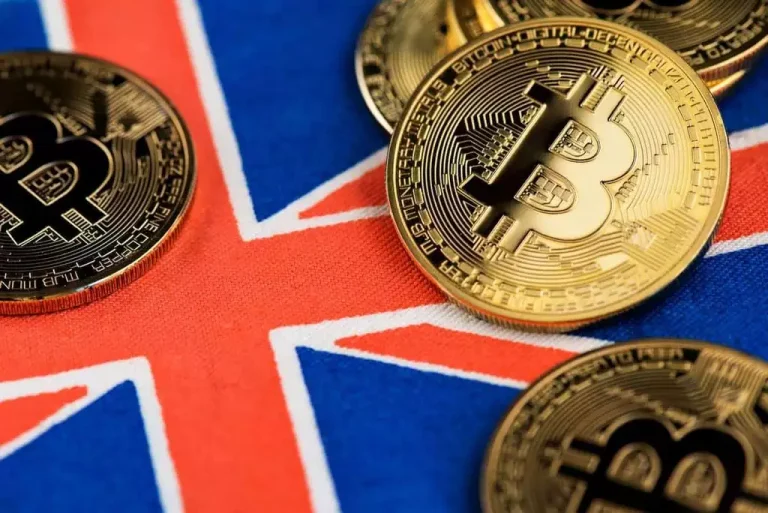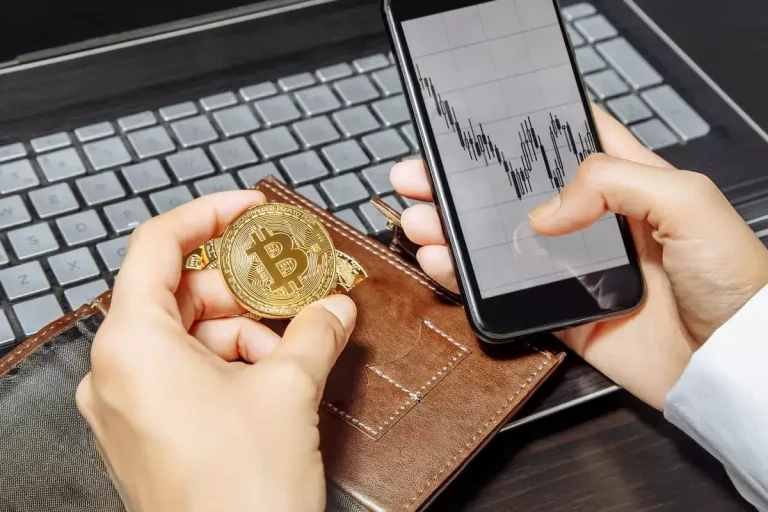Its efficient order-matching engine and deep liquidity pools guarantee optimal buying and selling situations. The protocol additionally supports token swapping and incentivizes liquidity providers through charges and token rewards. Through continuous quoting, tightening bid-ask spreads, absorbing imbalances, and leveraging technology, they improve market effectivity and facilitate clean trading operations.

A liquidity pool is a smart contract that holds a particular amount of two or extra tokens, which customers contribute to in change for pool tokens representing their share within the pool. These swimming pools remove the need for a central order guide and permit for continuous buying and selling without counting on a conventional market maker. Automated Market Makers are a type of liquidity pool that consists of smart contracts that automatically determine the price of an asset. These pools are decentralized, which means that there is no want for a centralized change.
In DeFi protocols like an automatic market maker, any particular person can create liquidity swimming pools and add liquidity to a trading pair. Liquidity providers then receive LP tokens in opposition to their deposits which symbolize their share in the liquidity pool. One of the vital thing ways third market makers facilitate consolidation is by enhancing liquidity in fragmented markets. These market makers provide steady bid and ask prices for a wide range of securities, thereby guaranteeing that there is at all times a buyer or vendor available. By doing so, they improve market effectivity and cut back the bid-ask spread, leading to higher execution costs for traders.
Yield Farming And Incentives
The the rest of the code is a SHA-512 hash, truncated to the first 152 bits, of the two assets’ forex codes and their issuers. For example, should you created an AMM with 5 ETH and 5 USD, after which someone exchanged 1.26 USD for 1 ETH, the pool now has four ETH and 6.26 USD in it. Learn extra about what pockets addresses are, what differentiates them across blockchains, and how one can practice wallet security techniques when coping with cryptocurrency.
First, a sensible contract is written, defining pool functionalities like token swapping and fees. Token pairs are then selected based on market demand, trading quantity, and compatibility. In comparison to traditional market-making fashions, AMMs supply a number of advantages.
Impermanent loss happens when the value ratio of the tokens within the pool modifications considerably from the initial deposit. For instance, if the value of ETH increases relative to DAI, the pool could have extra DAI and fewer ETH to take care of the invariant. This means that the LPs may have much less publicity to ETH and more publicity to DAI, which may result in a loss in the event that they withdraw their tokens from the pool. Impermanent loss is only realized when the LPs exit the pool, and it can be mitigated by choosing tokens which have low volatility or excessive correlation. Unlike traditional exchanges, which require customers to position orders which are matched with other customers, AMMs allow for instantaneous swaps at algorithmically determined prices.
Demystifying Liquidity Provider Tokens In Defi
One of the necessary thing sights for LPs is the chance to earn rewards, a form of passive revenue. When merchants make swaps, they pay a payment, a portion of which is distributed to the LPs. This charge distribution incentivizes LPs to supply liquidity to the pool and earn passive revenue. While the promise of liquidity swimming pools and AMMs is substantial, challenges stay. Regulatory issues, scalability points, and the need for user-friendly interfaces are areas that require steady improvement. As the DeFi area evolves, solutions such as layer 2 scaling options and regulatory developments will play a pivotal role in shaping the future of liquidity provision and automatic trading.
Another advantage of buying and selling in liquidity swimming pools is the potential for decrease trading fees. Because liquidity swimming pools are decentralized, there is no need for a intermediary to facilitate trades. This implies that buying and selling fees may be considerably lower than those charged by traditional exchanges. For occasion, platforms like PureYieldSwap’s AMM enable users to become liquidity providers by merely depositing their tokens into the liquidity pool. This democratizes liquidity provision and allows individuals to earn passive earnings without needing vital financial assets. Meanwhile, market makers on order book exchanges can control exactly the worth factors at which they wish to buy and sell tokens.
- Uniswap’s success demonstrates the effectivity and accessibility of DEXs, selling financial inclusivity.
- Conversely, narrowing the spread can entice extra merchants and increase liquidity, but it may possibly additionally reduce profit margins.
- In this complete guide, we’ll explore the strategies that LPs can employ to optimize their returns, diving deep into the world of liquidity provision in AMMs.
- By doing so, market makers guarantee that there is at all times a market for a selected security.
- To get started in DeFi, simply purchase cryptocurrency via MoonPay using your bank card or any other most popular fee technique.
- They provide elevated liquidity, reduced slippage, and steady buying and selling opportunities.
While these contracts are designed to be safe, vulnerabilities and exploits can occur. Sudden and vital price fluctuations can impact the property in a liquidity pool, potentially affecting LPs’ returns. As talked what is amm in crypto about earlier, impermanent loss can erode the value of property held in a liquidity pool. LPs should understand this concept thoroughly and contemplate their risk tolerance.
What’s A Liquidity Pool And The Way Does It Work?
Liquidity Pools discuss with a bunch of market members who pool their resources together to create a big pool of liquidity. This liquidity is then used to facilitate trades in a selected market or asset class. Automated market makers (AMMs) have confirmed to be a game-changer on the planet of yield swaps. These innovative platforms have revolutionized the way traders can entry and participate in yield farming alternatives, providing a seamless and efficient method to earn passive earnings. AMMs have considerably lowered the limitations to entry for yield farming and yield swaps.
AMMs additionally permit for greater transparency and decentralization as they operate on blockchain networks. After identifying your chosen asset pair and depositing the required quantity of tokens, you’ll be handed LP tokens that represent your piece of the pool. Decentralized finance (DeFi) makes it potential for anyone with an internet connection to entry most of the same financial providers that conventional banks supply.
The evolving DeFi landscape provides alternatives for sustained passive earnings through progressive platforms and features. There was a time when I uncared for to check the efficiency of a liquidity pool I was involved in for several weeks. To my dismay, I found that the rewards had significantly decreased because of changes in the platform’s protocol.
Impermanent losses are notably frequent in pools containing risky digital assets. Stay tuned for our subsequent publication, where we’ll explore real-world use circumstances of liquidity swimming pools and automatic market makers in action. Another choice is to trade on a decentralized trade that provides access to liquidity swimming pools. This option may be appealing to merchants who’re on the lookout for a more decentralized buying and selling experience. While there are actually advantages to trading in liquidity pools, there are additionally dangers that traders want to listen to.
Furthermore, DeFi liquidity pools have facilitated the creation of progressive monetary instruments, such as decentralized exchanges and lending protocols. These protocols rely on the liquidity the pools present to enable peer-to-peer trading and lending, decreasing reliance on traditional intermediaries and enhancing effectivity. For builders, liquidity swimming pools present a way to create decentralized liquidity, enabling any dApp that requires it. When DEXs had been https://www.xcritical.com/ first invented, they encountered liquidity issues as they tried to imitate conventional market makers. Decentralized exchanges (DEXs) use liquidity pools in order that merchants can swap between different property within the pool. Automated Market Makers (AMMs) are good contracts that present liquidity within the XRP Ledger’s decentralized exchange.
To mitigate these risks, LPs make use of numerous methods like diversifying their portfolios, using hedging strategies, and actively monitoring market conditions. Liquidity swimming pools are supposed to exchange traditional order books by directly matching patrons and sellers inside the protocol. They are the spine of DeFi platforms, bringing together folks keen to supply their assets and folks trying to commerce or borrow those belongings. For merchants, the advantages of increased liquidity embody lowered slippage and faster transactions. In illiquid markets, trades can be subject to slippage, the place an order can’t be stuffed at a single value in its entirety.

Lastly, investors should be conscious that market makers could have entry to extra info than most people, however they are nonetheless topic to various laws and ethical guidelines. Market makers are essential for ensuring liquidity in the public sale price bond market. They stand ready to purchase or sell public sale fee bonds always, even when there could also be limited curiosity from other participants.

These swimming pools typically have two tokens, but in some situations, they could have greater than two tokens. Market makers are subject to strict regulatory requirements designed to make sure honest and orderly markets. These necessities embody sustaining minimum ranges of liquidity, offering value continuity, and avoiding conflicts of curiosity. By meeting these requirements, market makers help to take care of confidence out there and ensure that investors can trade with confidence. For occasion, they may maintain an inventory of securities to facilitate trading, which exposes them to price fluctuations.
